Atoms That Are The Same Form A
Atoms That Are The Same Form A - Web learn about the structure of the atom, and how atoms make up matter. The number of neutrons is very roughly the same as the number of protons, but sometimes it's rather more. In a simplified model of a water molecule, two atoms of hydrogen share their valence electrons with an atom of oxygen. An atom is the smallest unit of any element the first quote states that element cannot be broken down to a simpler form, but the second quote says elements are formed by atoms, which means element can be split into a simpler form (atoms)? The atoms could oscillate in their electric field trap like two coupled pendulums swinging back and forth. The difference between atom and element. Ions similarly, atoms of the same element may have more or less electrons, and an atom with a net electric charge (i.e. Usually an atom has the same number of electrons as protons. Not neutral) is referred to as an ion. Web all atoms are roughly the same size, whether they have 3 or 90 electrons.
The three atoms bond together, forming a stable molecule. In chemistry, an element is a pure substance consisting only of atoms that all have the same numbers of protons in their atomic nuclei. For instance, atoms might be connected by strong bonds and organized into molecules or crystals. Atoms with the same number of protons, but different numbers of neutrons, are called isotopes. A convenient unit of length for measuring atomic sizes is the angstrom (å), defined as 10 −10 metre. Atoms can lose or gain electrons. Web beta created by beautybyvictoria18 terms in this set (15) the term used to identify anything that occupies space is called: An atom is the smallest unit of any element the first quote states that element cannot be broken down to a simpler form, but the second quote says elements are formed by atoms, which means element can be split into a simpler form (atoms)? A) a gas b) matter (correct) c) a solid d) organic matter with definite weight and volume but no definite shape is. Usually an atom has the same number of electrons as protons.
The atomic number is the number of protons in an atom, and isotopes have the same atomic number but differ in. Web all atoms are roughly the same size, whether they have 3 or 90 electrons. The three atoms bond together, forming a stable molecule. Molecules and compounds consist of atoms but are not themselves atoms.examples of molecules and. An atom is the smallest unit of matter that retains all of the chemical properties of an element. Web atoms are the smallest units of matter that still retain the fundamental chemical properties of an element. Atoms can lose or gain electrons. Much of the study of chemistry, however, involves looking at what happens when atoms combine with other atoms to form compounds. Web what are not atoms?. So nitrogen has 7 protons and 7 electrons, calcium has 20 protons and 20 electrons, and tin has 50 protons and 50 electrons.
thinkbiggerdesigns Why Do Atoms Ions
The number of neutrons is very roughly the same as the number of protons, but sometimes it's rather more. They are listed on the periodic table. Fundamental properties of atoms including atomic number and atomic mass. An atom is the smallest unit of any element the first quote states that element cannot be broken down to a simpler form, but.
Periodic Variations in Element Properties Chemistry I
Atoms with the same number of protons but different numbers of neutrons are called isotopes of the same chemical element. Web atoms of the same element have the same number of protons, called the atomic number. Web in all atoms, the number of protons and the number of electrons is always the same. Each atom of hydrogen has two electrons.
2.6 Molecules and Molecular Compounds Chemistry LibreTexts
Web in all atoms, the number of protons and the number of electrons is always the same. Web what are not atoms?. The atoms could oscillate in their electric field trap like two coupled pendulums swinging back and forth. Web beta created by beautybyvictoria18 terms in this set (15) the term used to identify anything that occupies space is called:.
What Is an Atom? Live Science
There are 118 different elements. The atomic number is the number of protons in an atom, and isotopes have the same atomic number but differ in. Web introduction only when two atoms of the same element form a covalent bond are the shared electrons actually shared equally between the atoms. Web atoms of the same element have the same number.
Are all atoms the same? AMAZING 8TH GRADE SCIENTISTS
An atom is the smallest unit of matter that retains all of the chemical properties of an element. In chemistry, an element is a pure substance consisting only of atoms that all have the same numbers of protons in their atomic nuclei. The first part of his theory states that all matter is made of atoms, which are indivisible. In.
Chapter 5.6 Properties of Polar Covalent Bonds Chemistry LibreTexts
For instance, atoms might be connected by strong bonds and organized into molecules or crystals. Web atomic number, atomic mass, and isotopes. In chemistry, an element is a pure substance consisting only of atoms that all have the same numbers of protons in their atomic nuclei. In their most common form, many elements also contain the same number of neutrons.
What Is A Half Life? How Elements With Short Half Lives Even Exist?
There are 118 different elements. In their most common form, many elements also contain the same number of neutrons as protons. Web atoms of the same element have the same number of protons, called the atomic number. The atoms could oscillate in their electric field trap like two coupled pendulums swinging back and forth. The number of neutrons is very.
Scientific Proof of God, A New and Modern Bible, and Coexisting
Web all atoms are roughly the same size, whether they have 3 or 90 electrons. The number of neutrons is very roughly the same as the number of protons, but sometimes it's rather more. Web atoms of the same element have the same number of protons, called the atomic number. Within a single element, the number of neutrons may vary,.
Molecules and Compounds Definition, Differenences [in Table Form]
Some matter is either smaller or larger than an atom.examples of chemical species that are not typically considered atoms includes particles that are components of atoms: Basically, any material with a composition that includes more than one element symbol or that has a subscript. Web atoms of the same element may have more or less neutrons, and the different atoms.
Elements and Atoms The Building Blocks of Matter · Anatomy and Physiology
The number of neutrons is very roughly the same as the number of protons, but sometimes it's rather more. A compound is a distinct group of atoms held together by chemical bonds. Ions similarly, atoms of the same element may have more or less electrons, and an atom with a net electric charge (i.e. There are 118 different elements. Web.
An Atom Is The Smallest Unit Of Any Element The First Quote States That Element Cannot Be Broken Down To A Simpler Form, But The Second Quote Says Elements Are Formed By Atoms, Which Means Element Can Be Split Into A Simpler Form (Atoms)?
Web atoms with the same number of protons belong to the same chemical element. The number of neutrons is very roughly the same as the number of protons, but sometimes it's rather more. Atoms with the same number of protons, but different numbers of neutrons, are called isotopes. An atom is the smallest unit of matter that retains all of the chemical properties of an element.
In Chemistry, An Element Is A Pure Substance Consisting Only Of Atoms That All Have The Same Numbers Of Protons In Their Atomic Nuclei.
Web it naturally attracts other atoms with unpaired electrons, such as hydrogen, which has only one electron. Web atoms of the same element may have more or less neutrons, and the different atoms are referred to as isotopes. Web atoms of the same element have the same number of protons, called the atomic number. The first part of his theory states that all matter is made of atoms, which are indivisible.
Web Dalton's Atomic Theory Was The First Complete Attempt To Describe All Matter In Terms Of Atoms And Their Properties.
Basically, any material with a composition that includes more than one element symbol or that has a subscript. Web both forms represent the same periodic table. The difference between atom and element. The total number of protons and neutrons determine the nuclide.
A) A Gas B) Matter (Correct) C) A Solid D) Organic Matter With Definite Weight And Volume But No Definite Shape Is.
Instead, they’re usually interacting with other atoms (or groups of atoms). If a diatomic molecule consists of two atoms of the same element, such as hydrogen (h 2) or oxygen (o 2), then it is said to be homonuclear. But do affect its weight. Web elements are made up of particles called atoms.
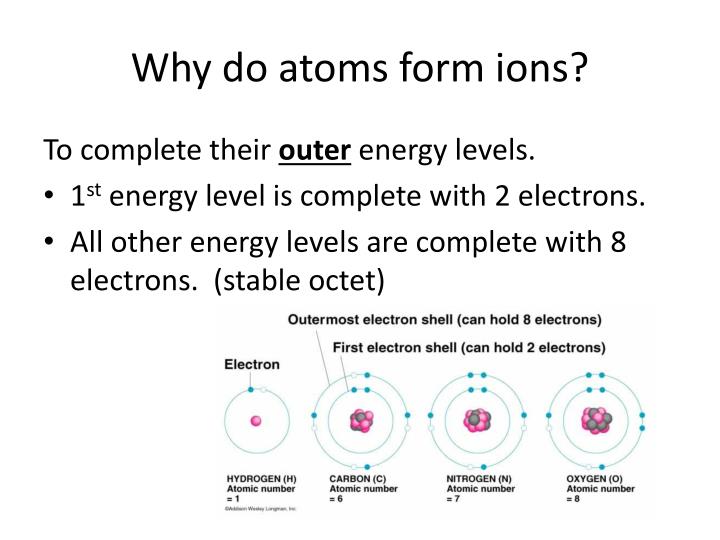

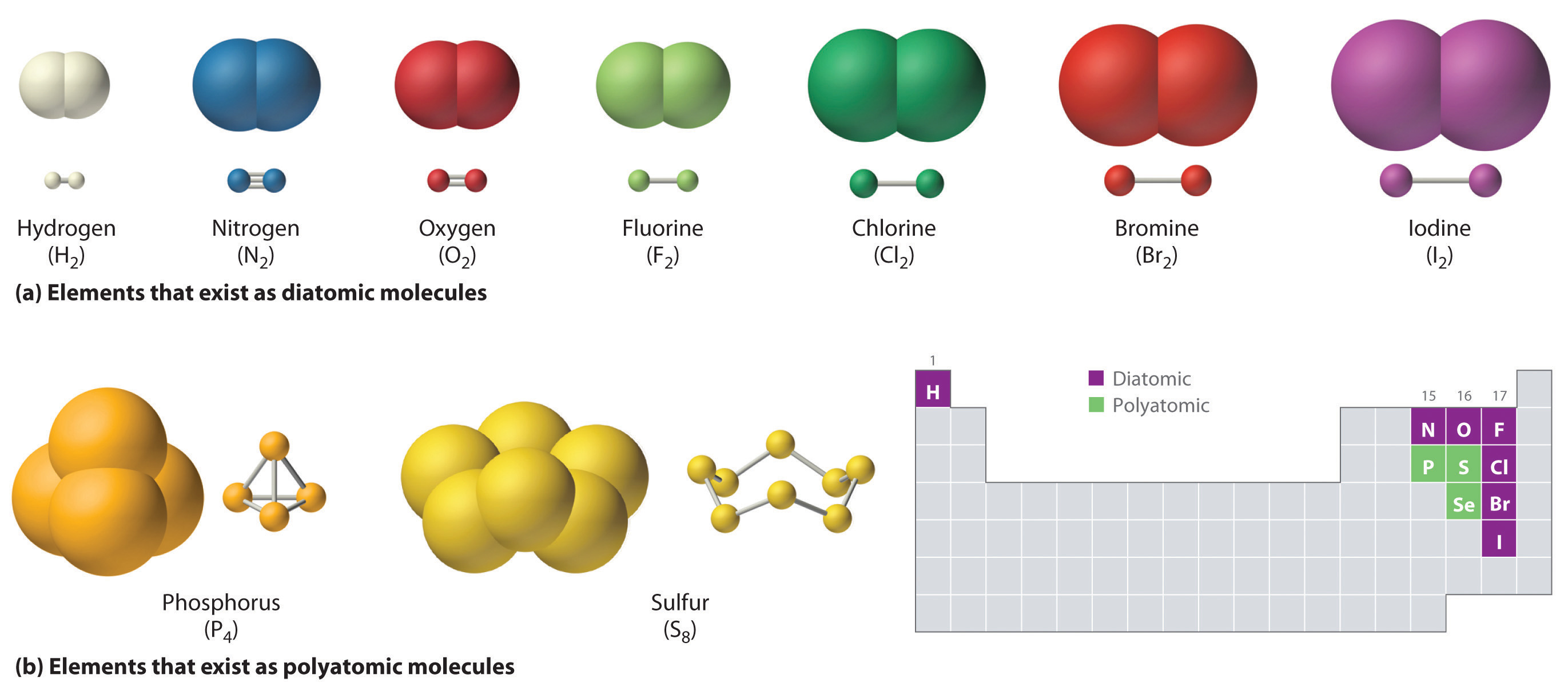
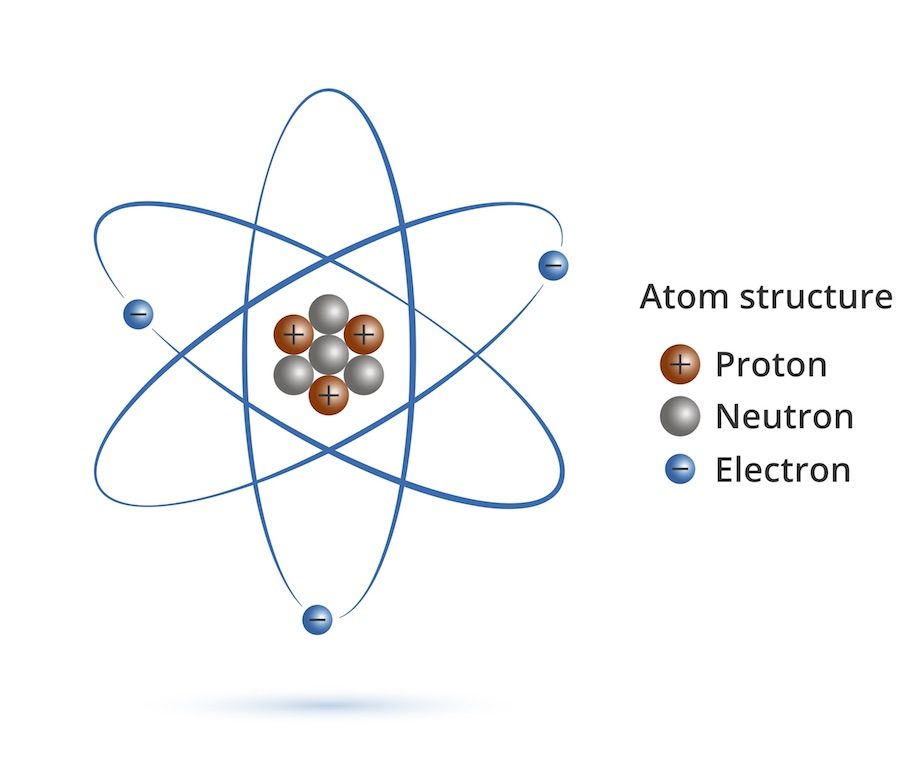

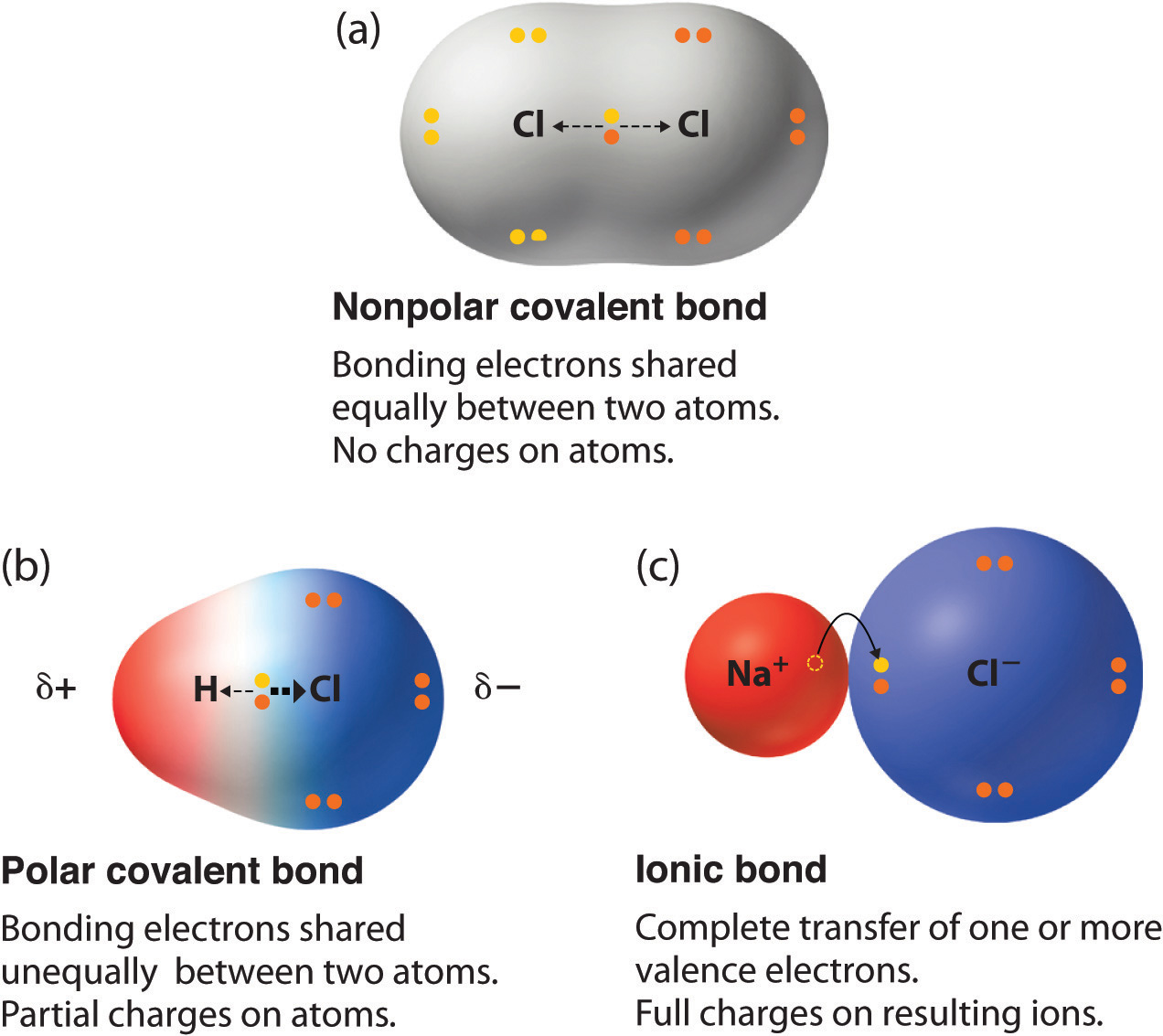
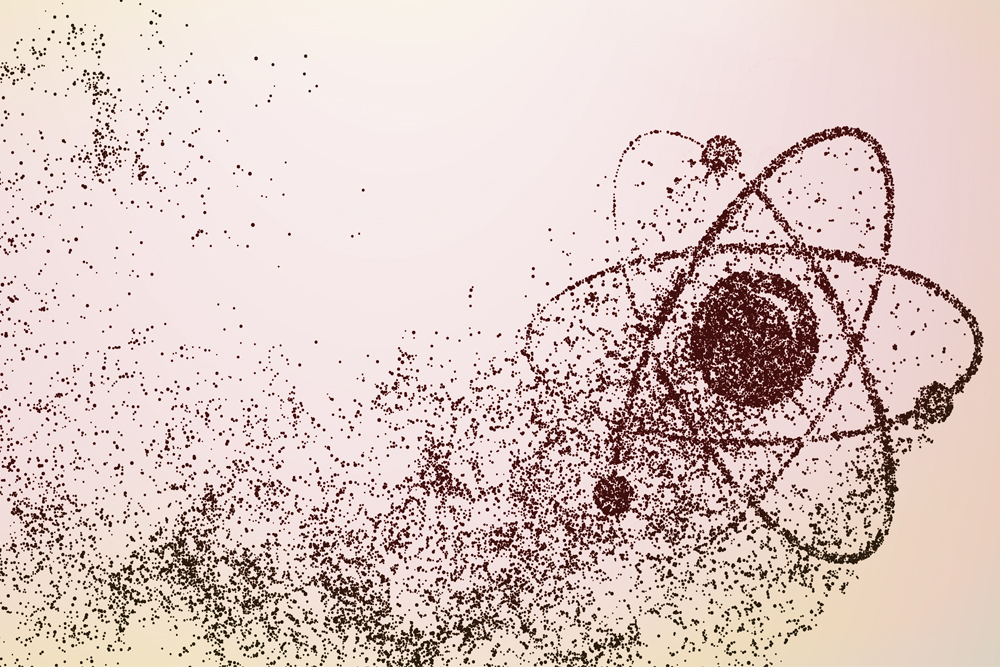

![Molecules and Compounds Definition, Differenences [in Table Form]](https://d1avenlh0i1xmr.cloudfront.net/large/756bdbc0-0026-418f-bc9f-de699cc72183/molecules-of-single-element-and-their-atomicity-teachoo-01.jpg)
